“Man needs music, literature, and painting – all those oases of perfection that makeup art – to compensate for the rudeness and materialism of life.” – Fernando Botero
Born in 1932 in Medellín, Colombia, Botero is one of the few great recognizable painters who are still alive. He calls himself the most Colombian of Colombian artists and it’s no surprise that his work is found all over the country. He didn’t originally set out to become an artist, however. He was the son of a salesman who died when Botero was four. After, he was fostered by his uncle who sent the boy to a school for matadors.
But life as a matador wasn’t meant to be for Botero; when he was 16-years old, he submitted drawings to a local newspaper and used the money he earned to send himself to a local high school so he could focus on art. He spent much of his early career working as a designer and artist and evolving a style that followed him through numerous decades, cities, and countries.

Most describe Botero’s style (known as Boterismo) as depicting fat people and figures in a large and exaggerated way, in part as parody; but to him, it is less about the roundness of the person or thing and more about how the volume of his characters fit into space and the universe around them… like much of the traditional art that comes out of South America. Regardless, the exaggerated figures have defined Botero’s style.
“Art is a permanent accusation.” – Fernando Botero
Botero paints to show the different sides of humanity. There’s a series that depict the brutality of the drug wars in Colombia… and another to show the torture of prisoners in Abu Ghraib. He painted these to portray the shock and disgust that he felt in discovering that the United States tortured prisoners in the same manner that Saddam Hussein did in the exact same prison. He refused to profit from these works and donated most to the University of California at Berkeley… the only institute that would display the paintings.
On the other side of humanity, he recently did a series on circus performers, to show the amazing things they can do with their bodies and the tender side that appeals to children.
In 1975, Botero stopped painting for a while to develop his knowledge as a sculptor. His sculptures are found in public places all over the world.
Note: the gallery below contains works by Botero, Picasso (#6), Rufino Tamayo (#18), and a sculpture by Henry Moore (#19). Botero’s works at the Museo Botero in Bogotá can be viewed in Google Culture. Admission to the museum is free.
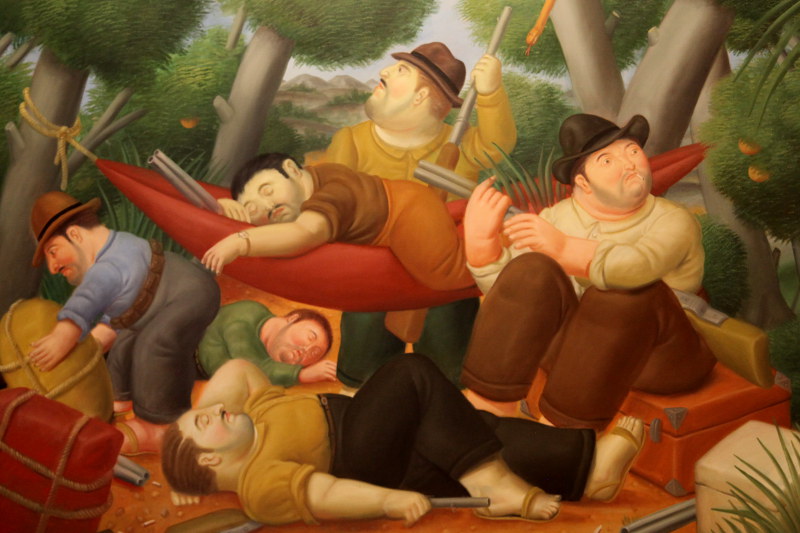
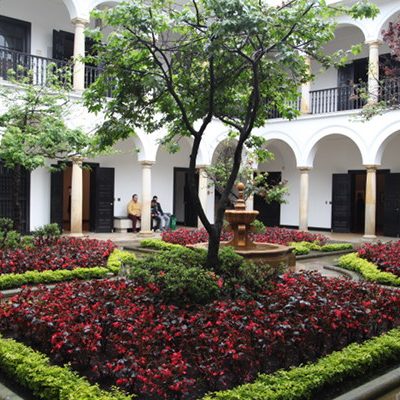
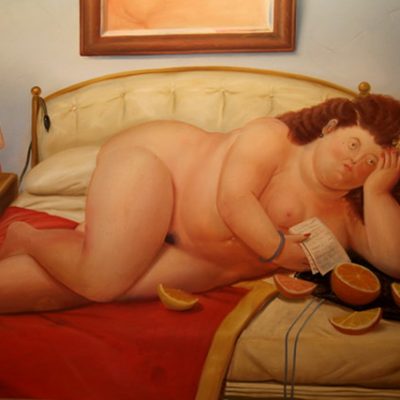
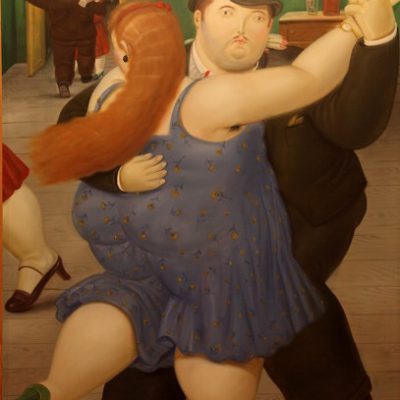
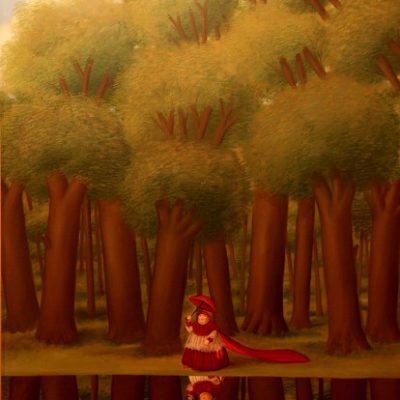
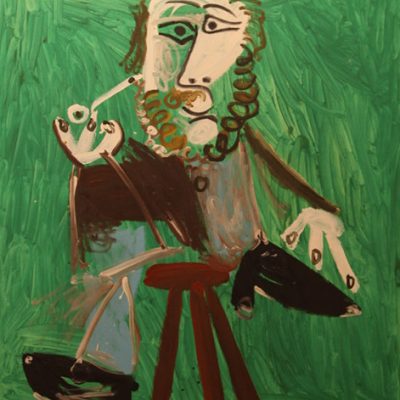
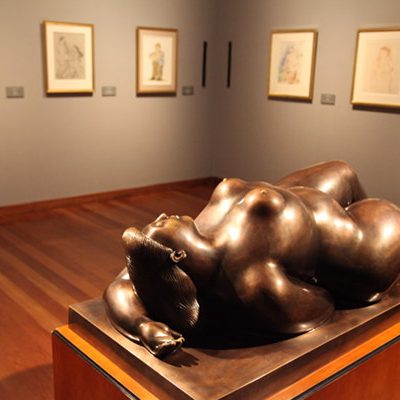
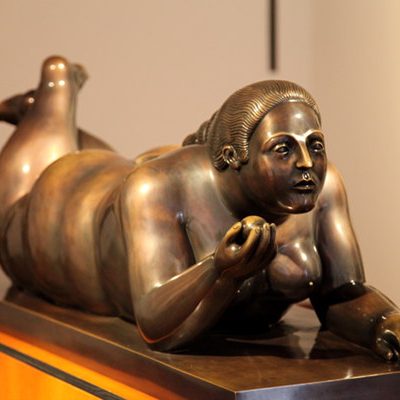
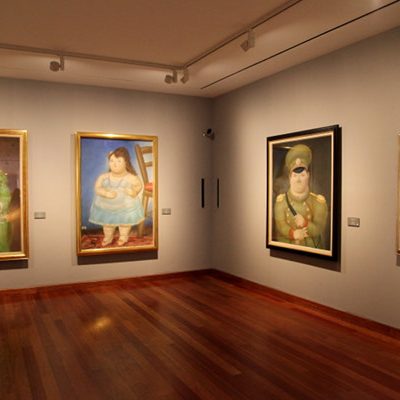
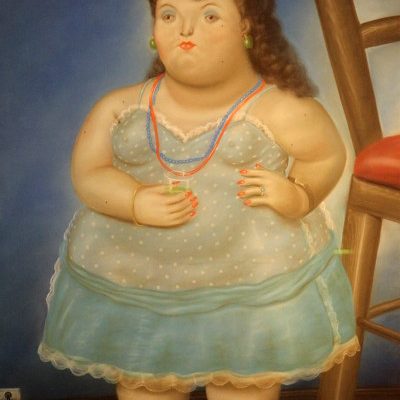
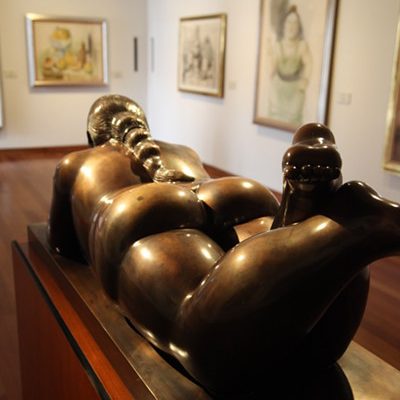
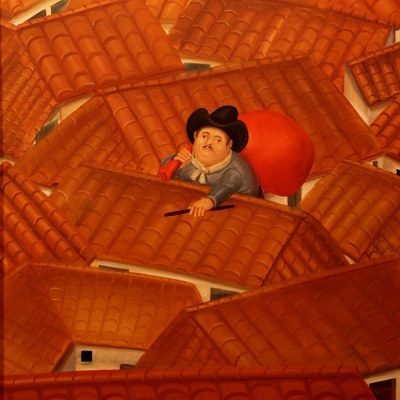
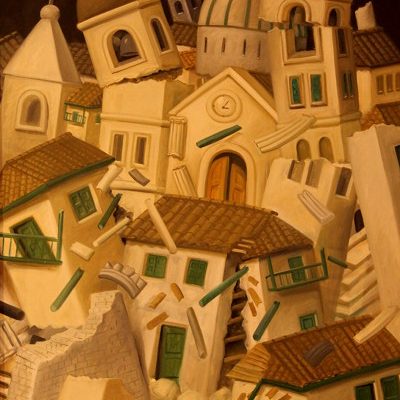
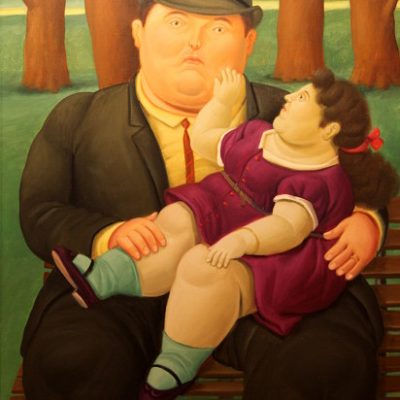
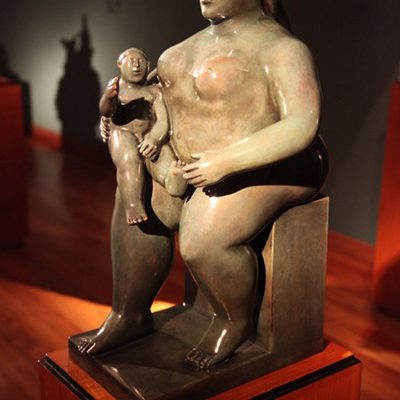
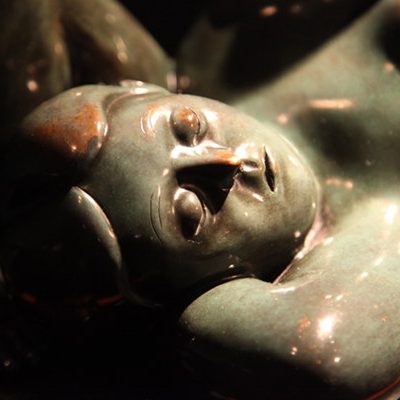
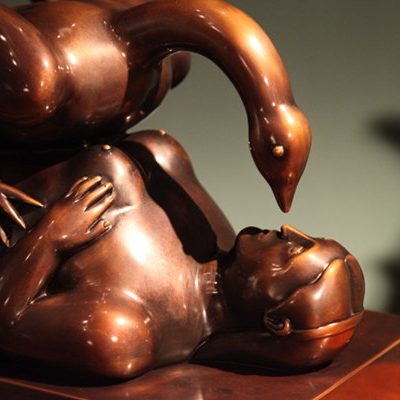
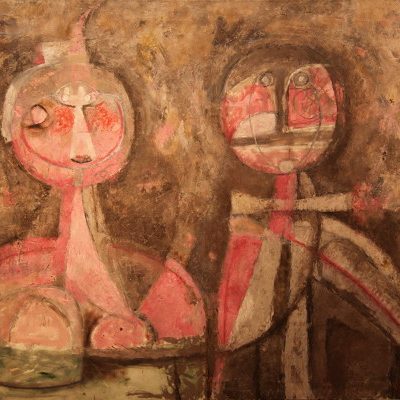
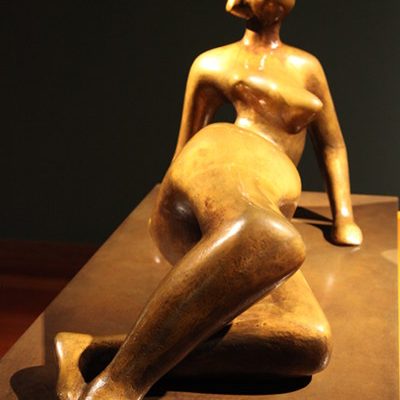
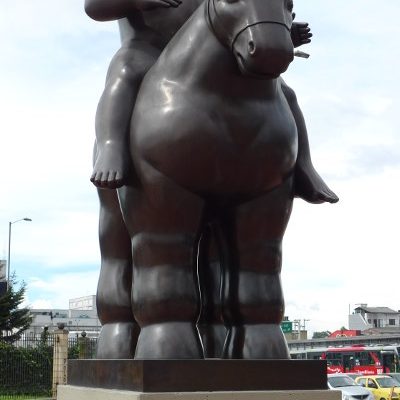
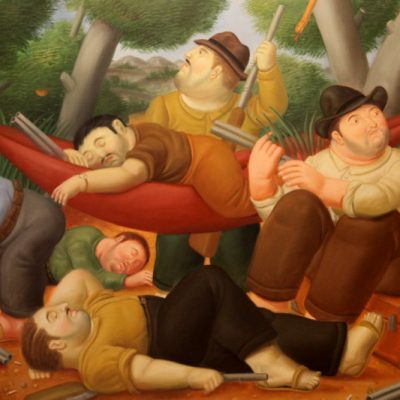
0 comments on “Botero”Add yours →